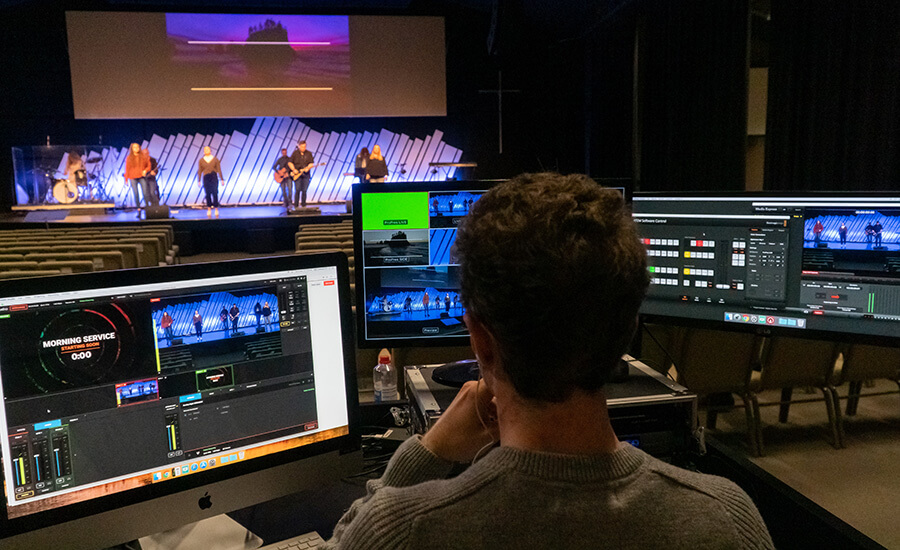Integrating Legacy Platforms with Advanced Sound Networking Solutions for Enhanced Efficiency and Adaptability.
Integrating Legacy Platforms with Advanced Sound Networking Solutions for Enhanced Efficiency and Adaptability.
Blog Article
In the current fast-paced landscape of sound technology, the need to enhance efficiency and flexibility in sound solutions is more important than ever before. Numerous organizations and venues still depend on legacy systems, which are antiquated solutions that may not have the capabilities of contemporary equipment. However, harmonizing these legacy technologies with cutting-edge audio networking technologies can lead to significant enhancements. Sound communication allows for improved interconnectivity between devices, allowing it simpler to control and operate sound across different areas.
One of the primary benefits of combining legacy technologies with modern sound communication is enhanced flexibility. Conventional audio technologies often require complex cabling and limited routing choices. With audio networking technologies like Dante or AVB, sound transmissions can be sent over conventional Ethernet cables. This implies that users can easily link multiple devices without the requirement for extensive reconfiguration. Regardless within a concert hall, a educational theater, or a corporate function, this adaptability allows for quick adjustments and changes to the sound setup without major downtime.
Performance is a further major factor that enhances when older systems are modernized with up-to-date networking solutions. Outdated systems may struggle to provide high-quality audio, particularly in larger venues or in complex occasions. By adopting click here to find out more audio networking, entities can take advantage of advanced capabilities such as minimal latency, synchronization, and electronic data processing. These improvements assist guarantee that sound is clear and uniform, improving the overall experience for listeners and artists alike. This transition can create a marked difference in the way sound is experienced in different environments.
Additionally, integrating legacy systems with contemporary solutions can lead to financial savings in the long term. Although modernizing to novel devices may require an initial investment, the effectiveness gained through sound networking can reduce maintenance expenses and decrease the need for ongoing repairs. Furthermore, connected technologies often require fewer tangible room than traditional installations, which can reduce on real estate expenses in locations. Entities can allocate resources more efficiently, utilizing the savings they save to invest in other critical fields.
Lastly, training personnel on how to use combined technologies becomes easier with sound networking. Many contemporary audio networking systems come with intuitive interfaces and distant management capabilities. This indicates that including those who may not extensive technological knowledge can learn to operate and control the audio solutions efficiently. Training programs can be developed focused on these technologies, empowering personnel to maintain and troubleshoot technologies with confidence. By blending the legacy with the new, entities can create a more competent and knowledgeable workforce, in the end leading to better audio experiences for everyone involved.